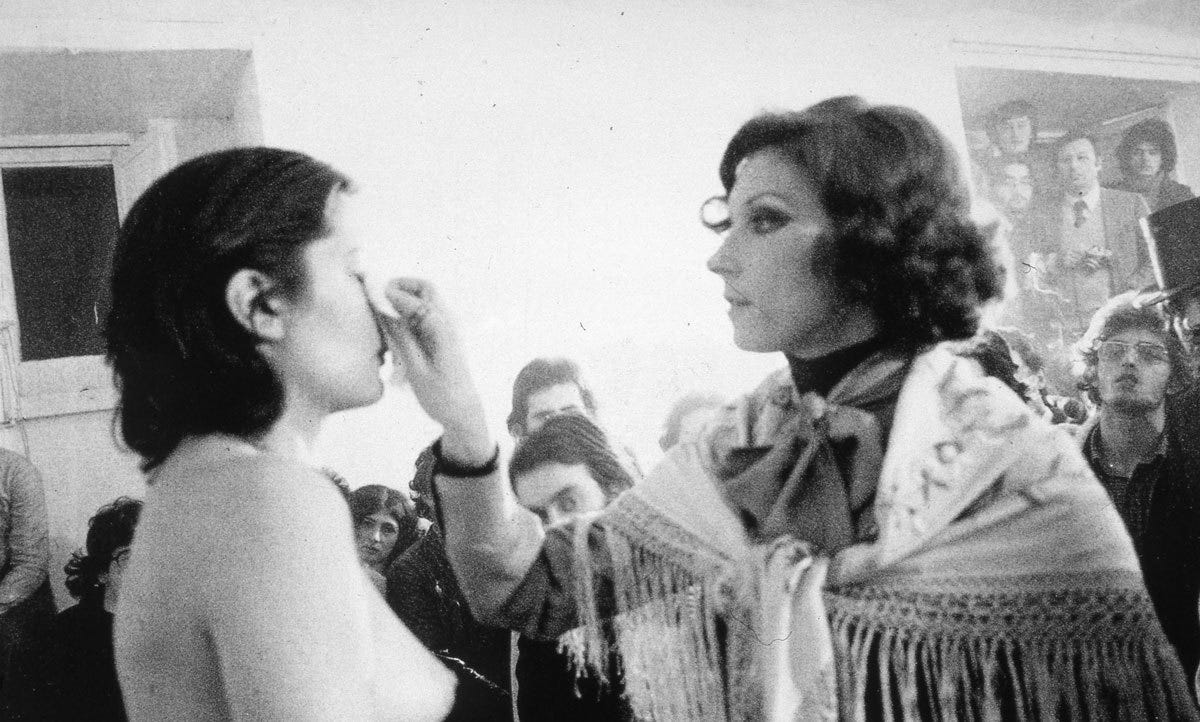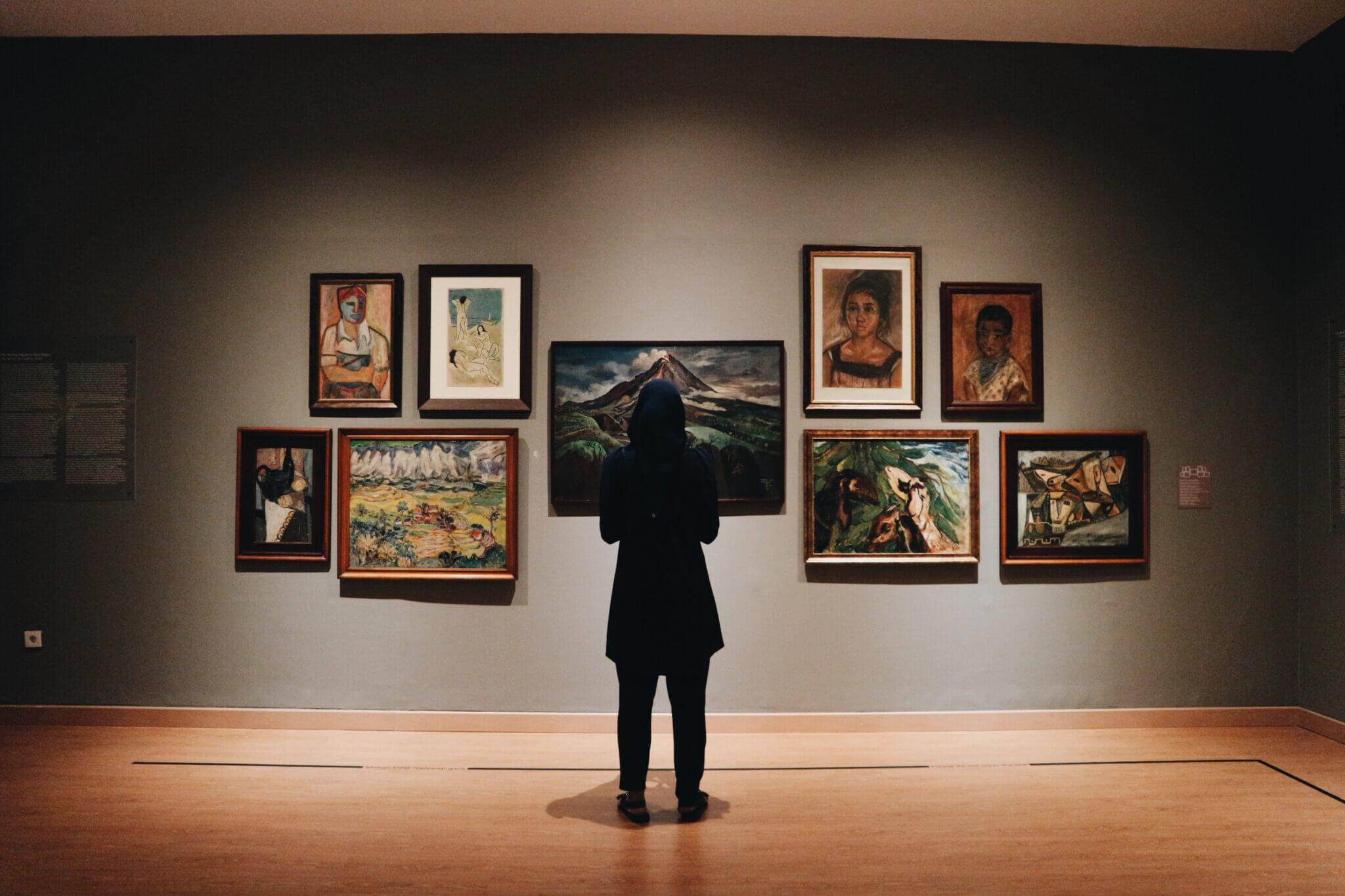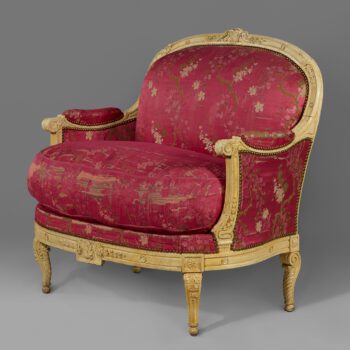The series culminated with Rhythm 0, or what can surely be described as one of the world’s most profound and yet horrifying pieces of art. All of the performances in the Rhythm series were meant to test the limits of the human body, beginning with knife-play in the first performance and gradually mounting to the destruction and seduction of the final piece. The artist Marina Abramovic sought to give an authentic exploration of the body — consciousness and unconsciousness, its corporeal pain, its pleasure, its ability to reveal facets of humanity and womanhood.

Rhythm 10 began with 20 knives. Marina set her hand atop a piece of paper and used each of the knives to quickly stab the paper between her fingers. She would only exchange the knife once it had cut her skin, leaving its impression in the form of beads and blooms of blood against the empty sheet. A recording was taken of the first half of the performance and she played this during the second half, following the rhythm of the knives striking the paper, cutting herself at the same time as she had in the recording. This went on until all 20 knives had been used. It was during this particular performance that she became keenly aware of the audience’s energy and continued to draw on it for much of her later work.
Other exhibitions had the artist drug herself in order to examine the role that unconsciousness plays in life. But Marina’s self-endangerment had escalated significantly by Rhythm 5. During this exhibition wood shavings were arranged into a star shape on the ground. They were then doused in gasoline and set on fire, fed by clippings of Marina’s own hair and nails. She would later go on to lay down in the overbearing heat, surrounded by scorched wood and an ominous shroud of dark smoke. It was only when her clothes caught fire that audience members realized Marina had lost consciousness from the lack of oxygen and they pulled her out, marking the official end of the performance. This, according to the artist, had been meant as a comment on communism in Yugoslavia.


All these exhibitions and explorations led up to a single night in Naples, 1974. It was 8 PM and the performance titled Rhythm 0 was set to begin in Studio Morra. Marina stood next to an altar-like table draped over by a white cloth, the table holding no less than 72 distinct objects. They were as varied as metal pipes and cake, razor blades and honey, feathers and an axe. The objects represented pleasure and pain, or human’s duality of malice and kindness. Instructions set out for audience members were as follows: “There are 72 objects on the table that one can use on me as desired. I am the object. During this period I take full responsibility.”
Marina would stand as a passive object to be used by the audience in any way that they desired. There would be no consequences for anything they might decide to do, and Marina would not make any attempts to stop their actions. This is what made the performance so dangerous — Marina had such devotion to her craft that there was no line she was not willing to cross. Whether that meant torture, sexual assault, or even death did not make a difference.
For the first part of the performance’s 6 hours the audience was tame and amused. They did little more than spin her body around, change the position of her arms as if she were a doll. Someone fed her cake, another person kissed her and touched her somewhat suggestively. A rose was gently placed into her hand. But all of this changed after 3 hours had passed.

The razor blades were used to cut off all of Marina’s clothes. She stood there naked before the spectators who were not content to have merely exposed her. Using a knife they cut her throat and drank her blood. Plaster was then spread over the open wound as the audience’s aggression began to grow. The remainder of the 6 hours were described by the artist as “pure horror”. Marina was placed onto the table and her legs were spread open so that a knife could be thrust between them, stabbing the blade into the wood underneath. A man attempted to rape her and would have succeeded were it not for a few audience members that prevented the assault. Roses and their thorns were shoved into Marina’s skin. The pain brought tears to her eyes, and someone else wiped them away.
The climax of the piece took place when a loaded gun was first placed into Marina’s hand to see if she would resist someone pressing her finger down against the trigger. This same gun was then pointed at her forehead. Marina did not move. It had now become about understanding the audience and knowing what really hid beneath their creased clothes and neatly-combed hair. With the gun to her head a fight broke out within the audience and the performance was brought to a close. As Marina once again began to move and act as a human being the audience stepped away from her. She came towards them in her nakedness and blood, the once bold members of the crowd rushing out of the studio in their inability to confront what they had done.

In the end what makes Rhythm 0 one of the most disturbing pieces of art is not the acts of violence that were committed against an innocent person. Neither was it the divesting of the artist. Rather it was the divesting of human nature that makes this performance a distressing realization — the realization that being passive towards others leaves you vulnerable to rape, torture, and murder, even from people who may otherwise seem extremely ordinary. As Marina commented upon the conclusion of her series, “What I learned was that if you leave it up to the audience, they can kill you. I felt really violated.” It was especially a comment on the passivity expected from womanhood, and the docility that many men might seek in their female partners.
So what does a performance like this reveal about human nature? Does it — and other performances or experiments like it — expose us to an uncomfortable truth? That there is an answer to that ever so complex and highly-debated question: are most people fundamentally evil, or good?





























